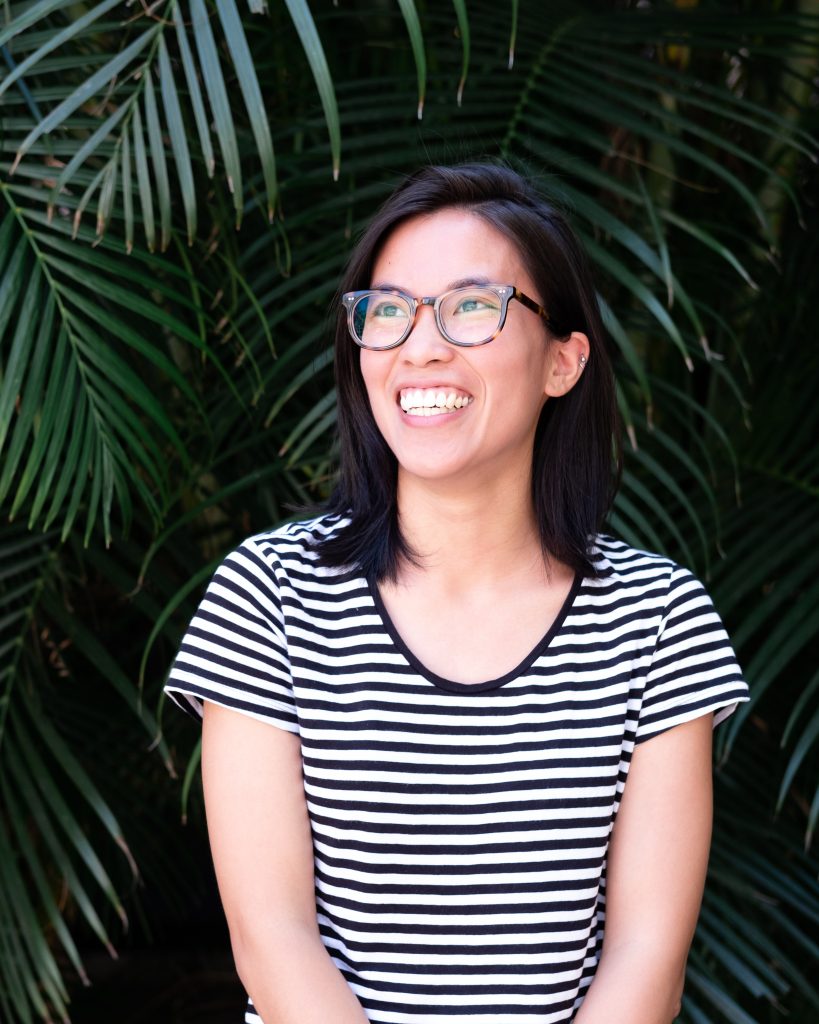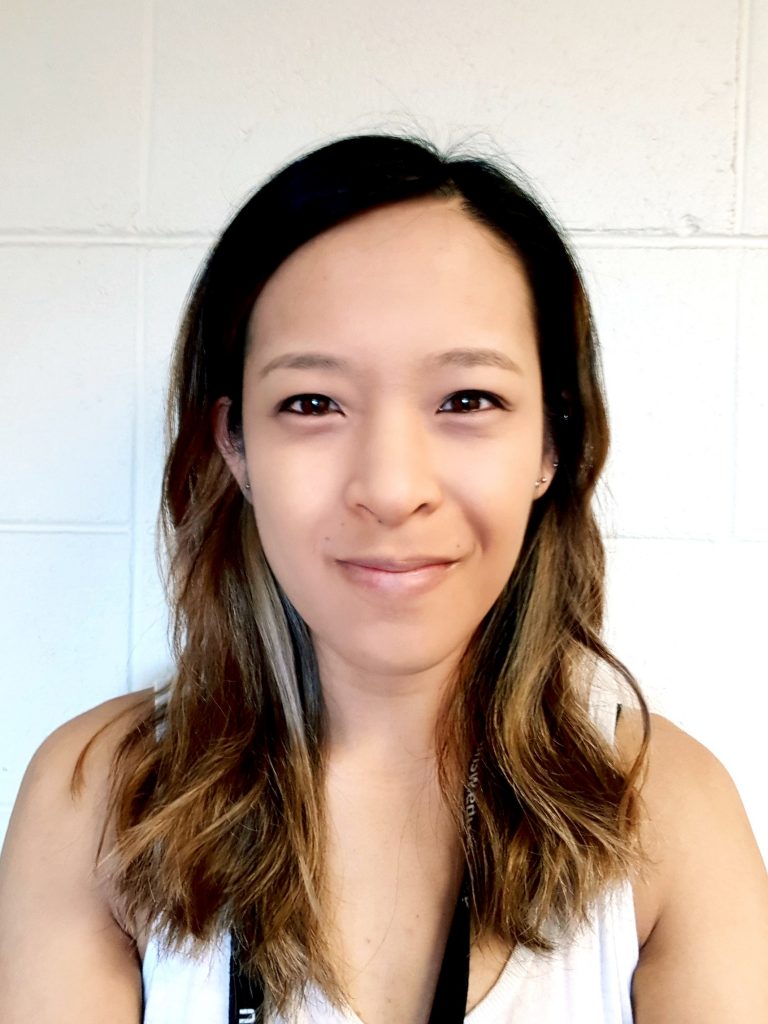By Joanne Beames
The coronavirus has created a lot of uncertainty in our lives. Each day, as our government tries to keep us safe, there are new rules put in place to regulate what we can do, how many of us can do it, and what can happen if we don’t comply.
Even as the restrictions start to ease, there is still some confusion about what the future holds.
In these circumstances, it’s understandable to feel worried, stressed or anxious.
That anxious feeling, after all, has evolved to help keep us safe from danger, and it can be amplified in times of change or uncertainty.
So, if you’re feeling this way, you’re not alone.
In times like this it’s important to be proactive about your mental health.
Here are some things you can do that might help you stay mentally strong:

- Stay in touch with your friends and family. You can still try to connect with others even if you can’t physically be with them.
- Talk to your parents, your guardian, or someone that you look up to – tell them what you are worried about or how they can help you.
- Keep doing the things that you enjoy. You might need to get creative to do this! What can you do inside, or online, that helps you to connect with friends or keep up some of your hobbies? Or is there something new that you have always wanted to learn or give a go?
- Look after your body. We know that there is a mind-body connection – so try to get enough sleep, physical activity, and healthy foods in your diet. This can help with energy, concentration, and even feelings of happiness.
- Try to keep to a routine. This is related to the point above but is more about being consistent with what you are doing each day. For example, keeping regular times for sleeping, waking, and doing schoolwork.
- Limit reading the media. Exposure to lots of information about the coronavirus, especially misinformation or sensationalised news, can increase anxiety.
- Actively try to help or be kind to someone. Doing things for other people can keep your mind occupied and improve your mood.
Even though it can be normal to feel anxious or worried, it’s still really important to look after your mental health and try to identify when you might not be coping.
Anxiety becomes a problem when you feel anxious most of the time, it is difficult to control, and it interferes with your daily life. Although there is not a “one-size-fits all” approach for anxiety disorders, there are some common symptoms.
Here are some common symptoms that you can look out for:
- Feeling very worried, afraid, nervous, or even scared most of the time
- Feeling panicky
- Feeling irritable or upset in the stomach (you might even feel like vomiting)
- Worrying that you are losing your mind
- A pounding or racing heart
- Twitching or trembling in your body
- Increased sweating in certain situations (e.g., when you are feeling anxious)
- Difficulty concentrating, making decisions, or remembering things (e.g., when doing schoolwork or even a hobby)
- Sleep problems (like having difficulty falling asleep at night)
If you experience any of these things or notice a sudden change in how you usually feel, it might be a sign that you need a bit of extra help to cope.
Here are some resources that can provide support:
If you would like some extra support, or just want to check them out to see what’s available, here are some links to online resources and tools:
If you want more help, talk to your parents or another adult you feel comfortable talking to (like another friend’s parent or teacher) to work out the next steps. It might be helpful for you to get check in with your GP or a mental health professional like a psychologist.
Follow Joanne on Twitter.







